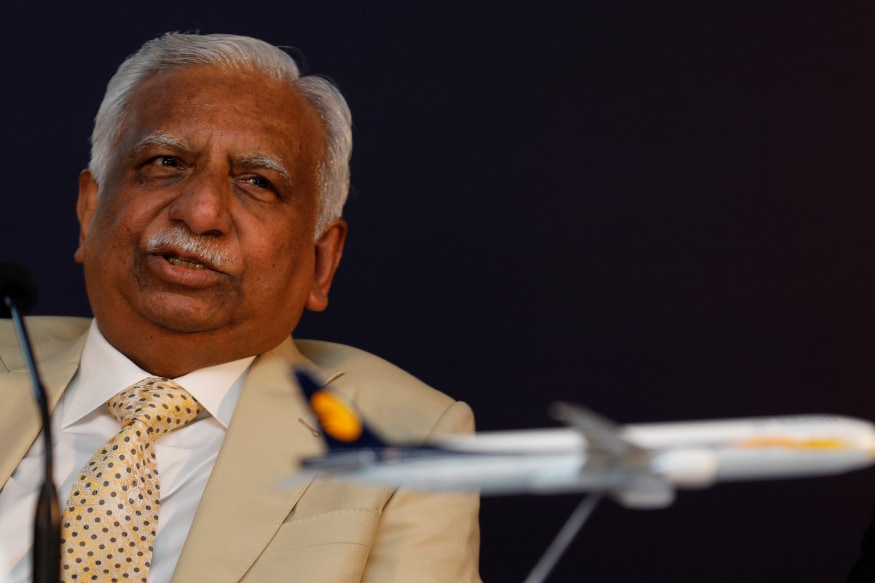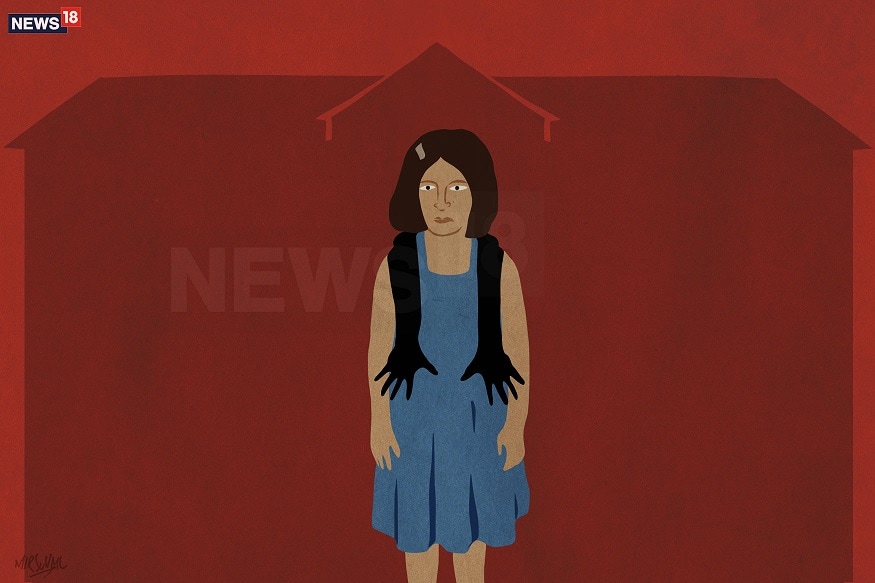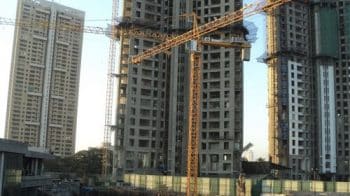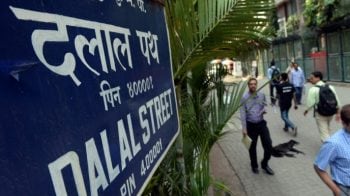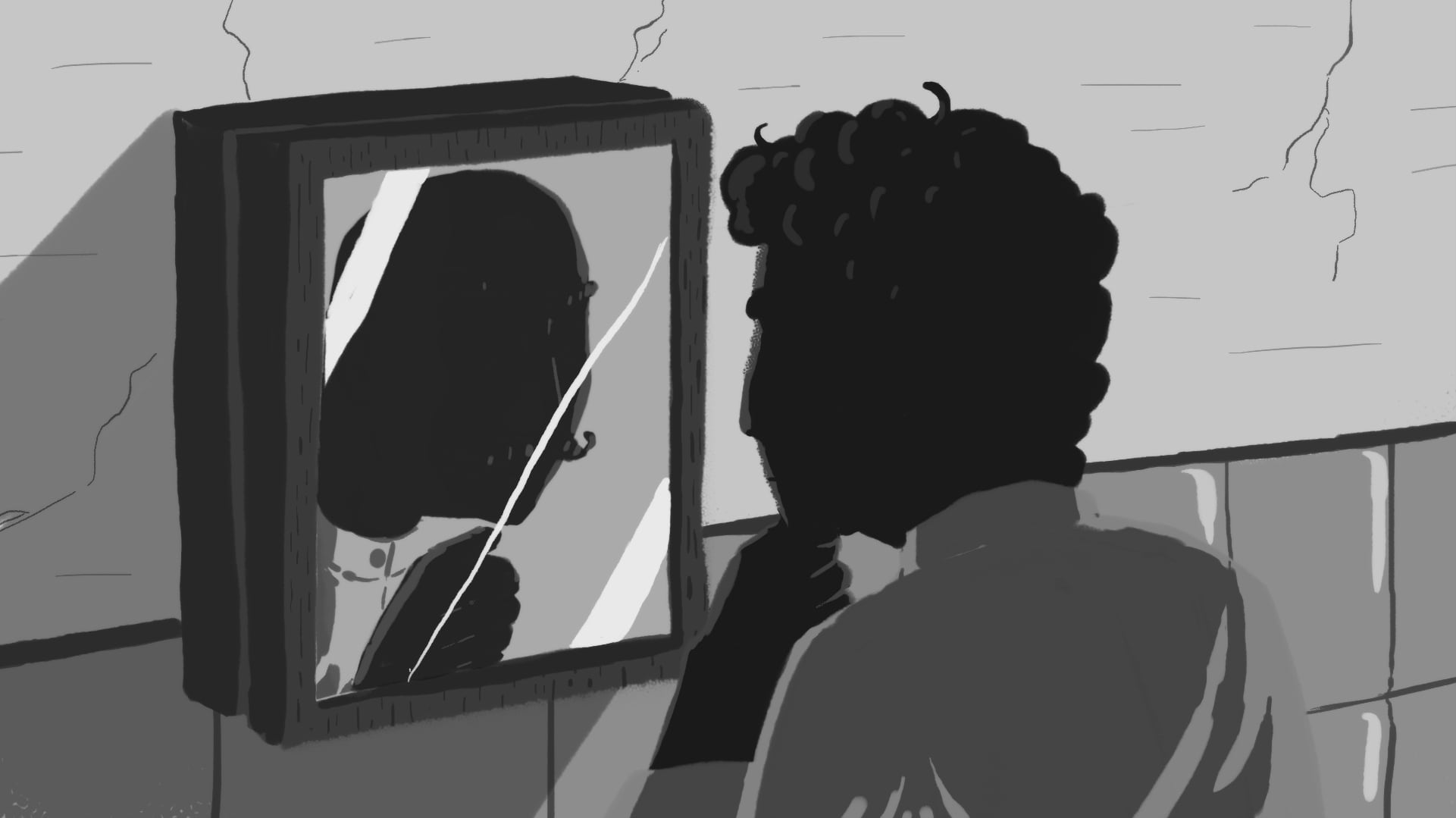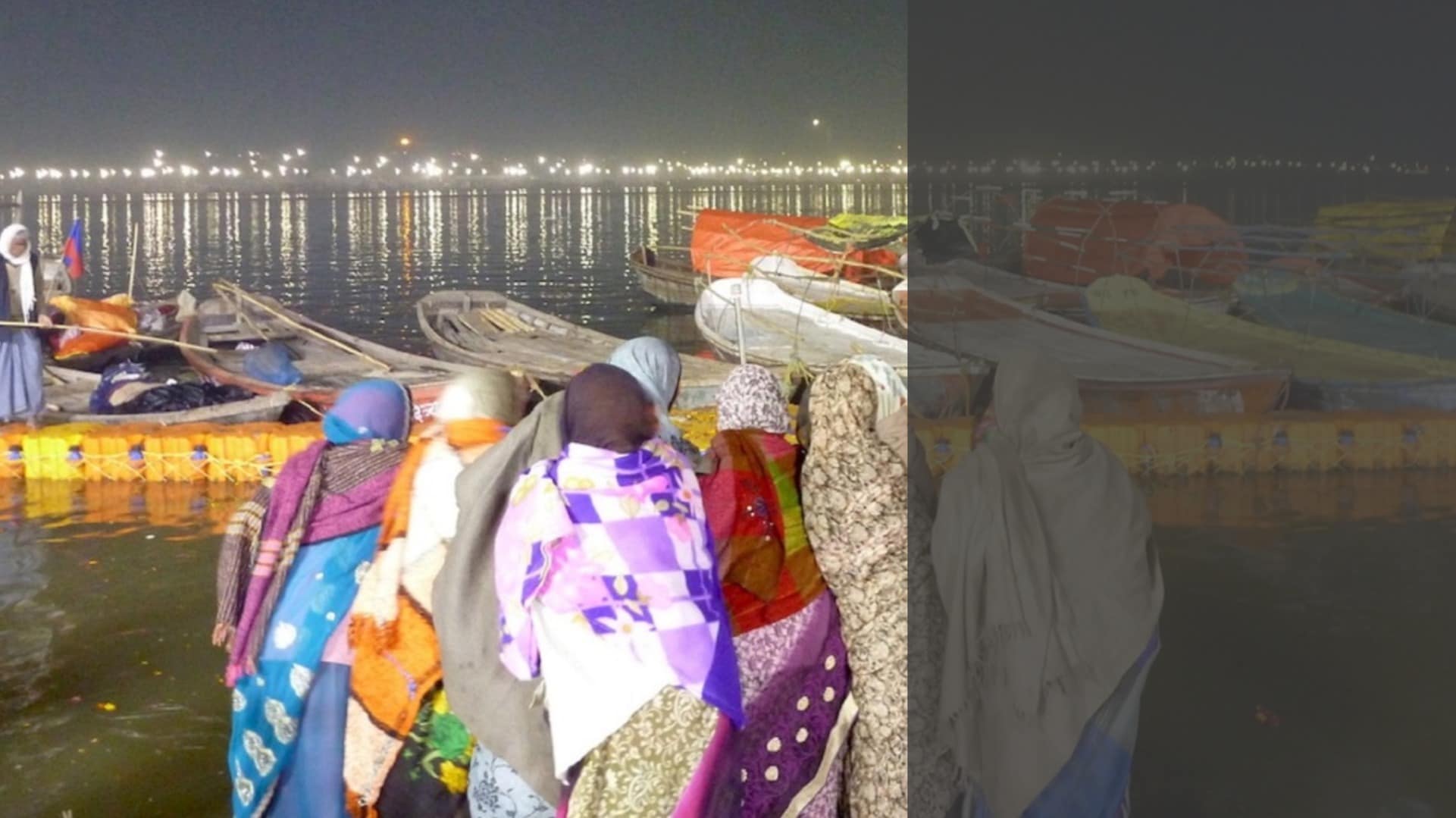Of the total 3.98 lakh units sold in sub Rs 40 lakh category, NCR and MMR hold 57 percent share, says a report
The National Capital Region (NCR) and Mumbai Metropolitan Region (MMR) account for more than half of the share of total 6 lakh affordable units launched across the top seven cities
Of the total 3.98 lakh units sold in the sub-Rs 40 lakh category, NCR and MMR hold 57 percent share. Pune comes next with 1.13 lakh units launched and approximately 75,000 units sold in the affordable segment, according to Affordable Housing: The Blue-Eyed Boy of Indian Real Estate report by ANAROCK Property Consultants'.
The report also notes that Bengaluru, Chennai and Hyderabad saw the least activity in the affordable segment.
The share of affordable housing in MMR rose from 41 percent in 2013-14 to 55 percent during 2015-18 as developers went back to their drawing boards to focus more on this segment and tap its potential, says the report.
The report, which knowledge partners ANAROCK unveiled at the CII Real Estate Confluence 2019 in Mumbai, also finds that of the total number of units launched during this period, approximately 3.98 lakh were budget homes. Again, NCR and MMR contributed the highest share of sales at 57 percent.
The report also analyses the state-wise housing shortage and highlights the major affordable housing localities of MMR and Pune along with their growth drivers.
"The Housing for All by 2022 mission threw a much-needed lifeline to the affordable housing segment. The term 'affordable' has become respectable and builders who earlier shied away from it now hold huge portfolios in this category. This segment grew tremendously on the back of multiple sops introduced to both buyers and developers over the last five years," says Anuj Puri, chairman — CII Real Estate Confluence 2019 and chairman — ANAROCK Property Consultants.
Affordable housing was given the much-coveted infrastructure status, and the very definition of affordable housing has been tweaked to accommodate more inventory under this key category. Moreover, the previously highly speculative markets of NCR and MMR have been tamed and are, in fact, leading the thrust of affordable housing today.
"Data further suggests that out of the total 15.3 lakh units launched across the top 7 cities between 2014 and 2018, affordable housing contributed about 6 lakh units – 39 percent of the overall supply. The rise in affordable housing supply has also helped improve sales numbers in later years, indirectly resulting in a 16 percent drop in unsold inventory between 2016 and 2018,” says the report.
The incumbent government's flagship mission of providing one crore homes to the urban poor by 2022 under Pradhan Mantri Awas Yojana (PMAY) was in the spotlight during this five-year period. As on date, 79 percent homes have already been sanctioned but the pace of development needs to pick up.
Some of the key deterrents for speedier affordable housing development are scarcity of land, illegal settlements and slums, and limited private sector participation — despite several fiscal and statutory benefits to attract private players.
For instance, the Maharashtra Housing and Area Development Authority (MHADA) — the key agency for deploying affordable housing under Government schemes in Maharashtra — is expected to set up a Rs 7,000 crore shelter fund to support development in this segment. With financial and policy support coming from the Central and State governments, affordable housing projects may now attract more private participation.
























